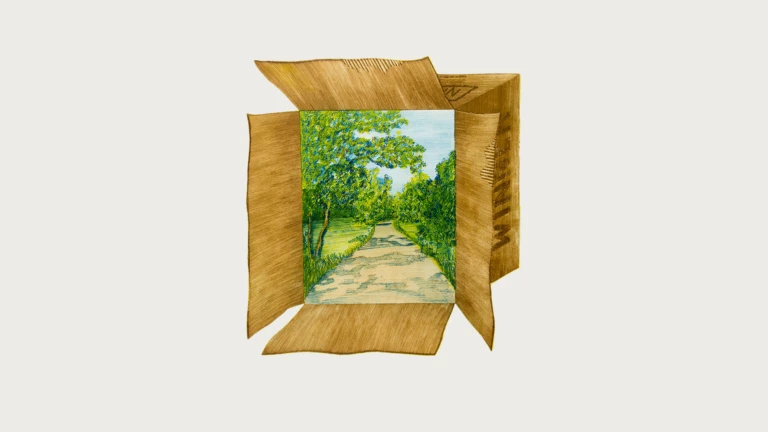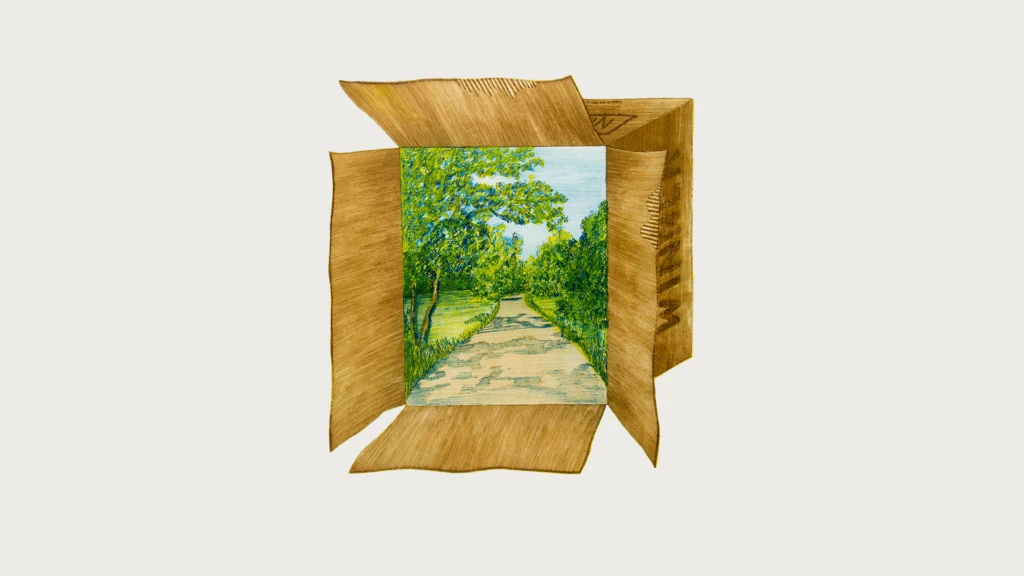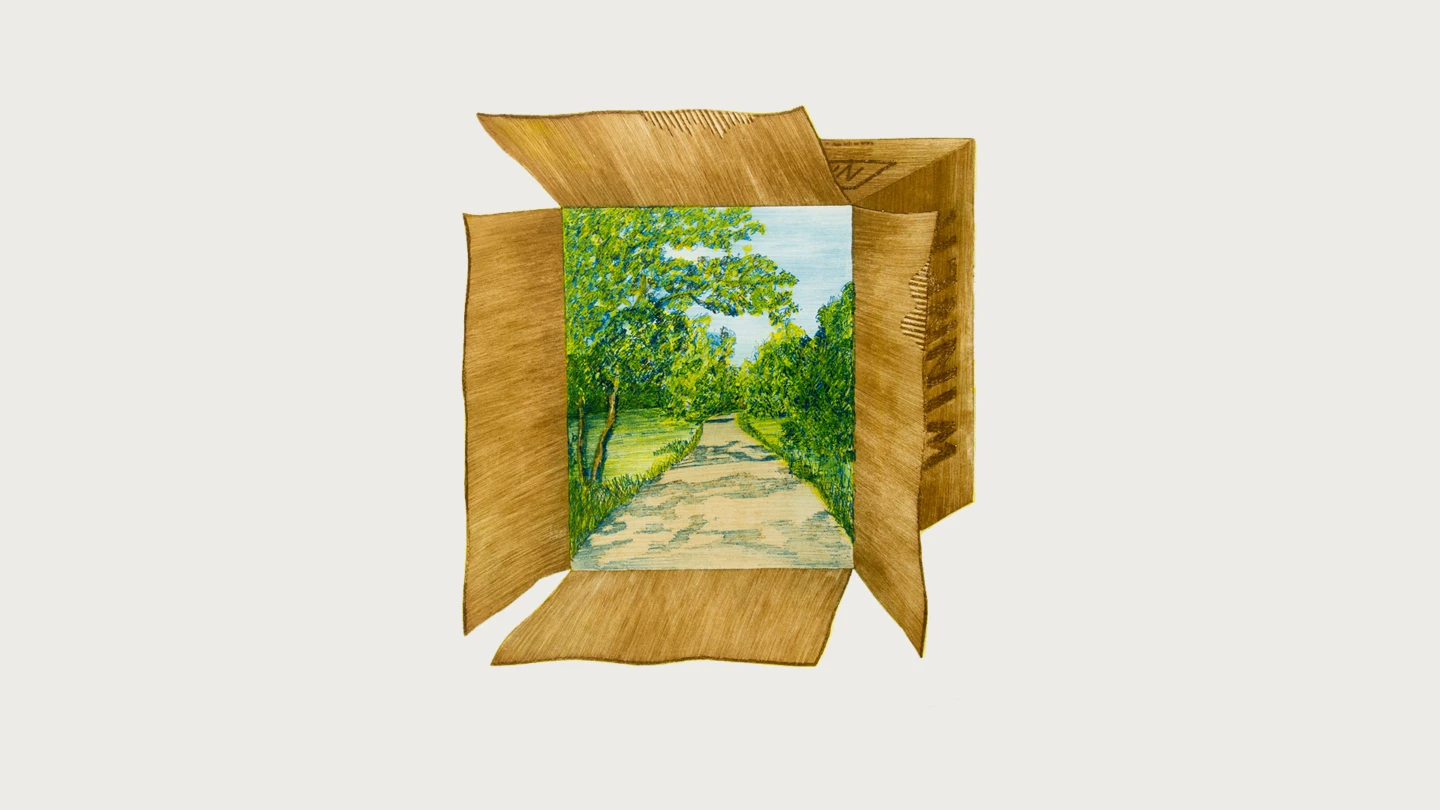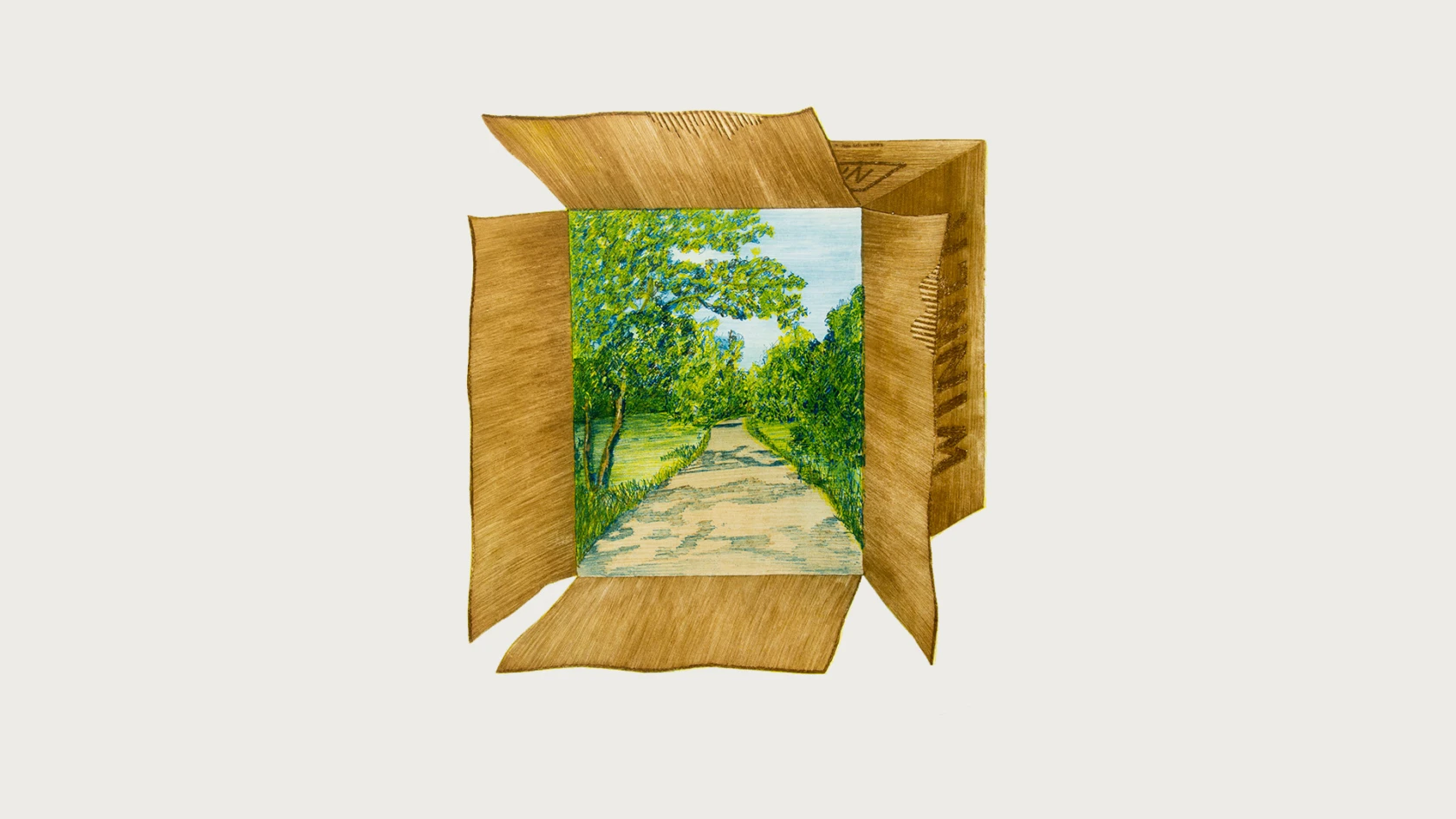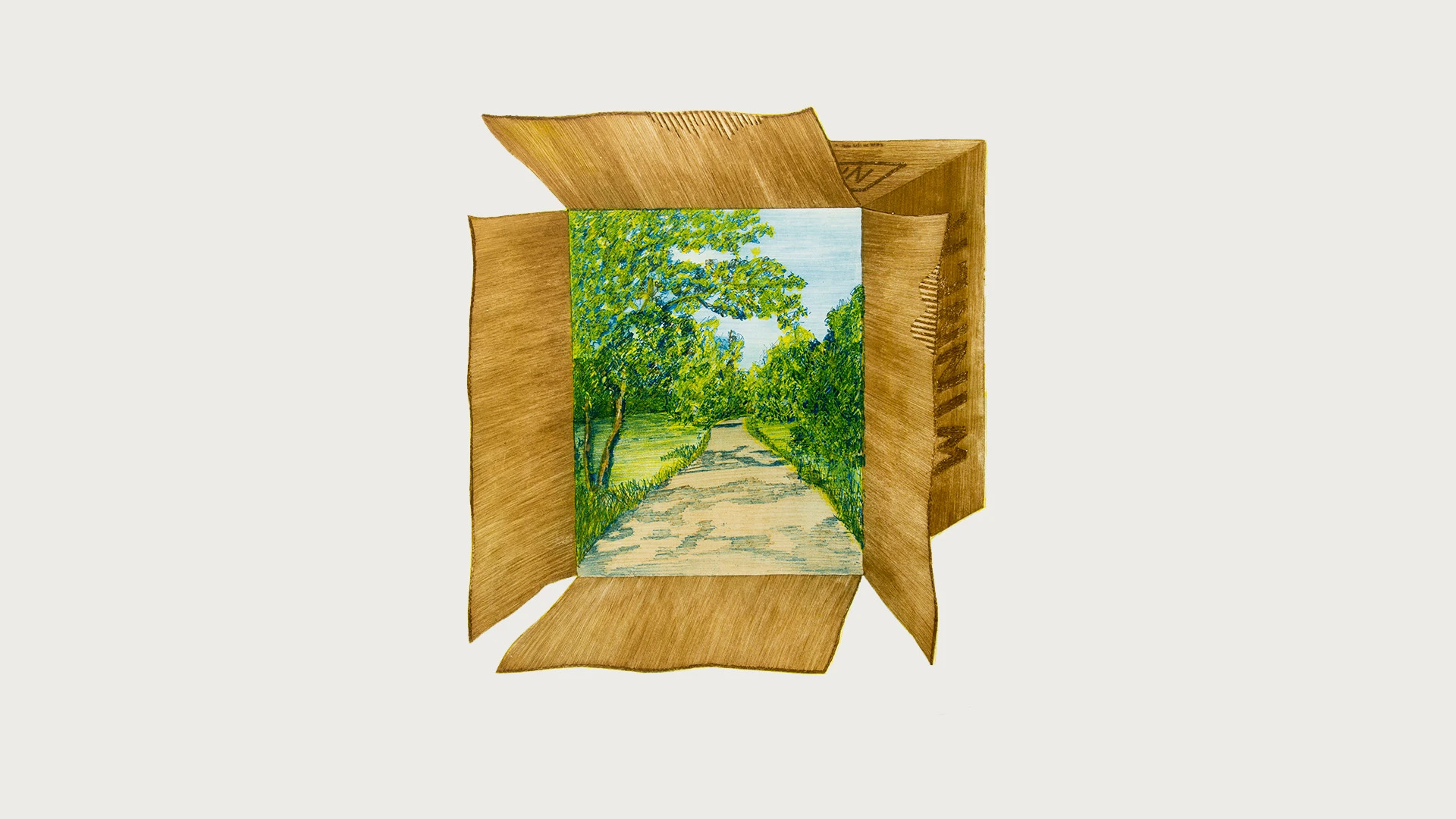A Sense of Green – An exhibition in the spirit of Fredriksdal
This exhibition presents a collection of artworks that tell a story about Fredriksdal Museum and Gardens, with a special focus on ecological interconnectedness: the connection between plants, animals and humans that plays such an important role in our life on earth.
Fredriksdal Museum and Gardens is a unique destination in the heart of Helsingborg where you can walk around, explore and experience nature up close. This open-air museum and botanical gardens has plenty going on: preservation work, collecting, breeding and caretaking of plants and animals and everything is aimed at protecting and creating biodiversity and inspiring a sustainable ecosystem.
With the help of some expressive modern artworks, older landscape paintings and objects of natural history, we hope to cultivate your curiosity as well as portray a new perspective of Fredriksdal, what it can offer and what sustainable development is all about.
Let art and experience inspire free association for what a “sense of green” can be. Ponder your own perception of nature and nurture your sense of green.
A perception of nature
Throughout history, humans have contemplated nature. What is it? How does it work? What can it be used for? What role do humans play in nature?
From this type of enquiry, different methods of seeing and understanding nature have emerged. It is this approach that creates one’s perception of nature (natursyn). The perception of nature has changed over time, depending on how humans have interpreted the world around them and their role in it. Interestingly, humans have almost always regarded themselves as superior in nature and understood nature as a resource.
The perception of nature we encounter in art, books and films or exhibitions such as this, is often formulated by philosophers, scientists or others that come from a position of power or authority. At the same time, there are always been people in opposition or who hold entirely different views.
How do we perceive nature today? Is it a limitless resource for us to continue to use? Or are we depleting and destroying it at a rapid rate?
A sense of nature
In this exhibition, having a sense of nature is about your experience and understanding of nature. Your sense of nature is important because it informs our collective perception of nature – how we see nature itself. It is especially valuable to want to learn more and be willing to learn more about the importance of nature in a greater context.
Each person has a unique way of being in touch with nature and their own understanding of how to create a sense of green. What approach will you take?
Ecological interconnectedness
Ecological interconnectedness is about the relationship between living beings and the environment they live in as well as how they affect each other. People are an important part of the ecosystem. Together, humans and nature form a cultural landscape; a result of the interplay between nature and culture. We are, quite simply, interconnected.
Nature has long been understood as naturally occurring nature. During the 1900s, fields and pastures began to be considered a result of how humans had used the land over a longer period of time. In other words, they were viewed more as cultural creations, than simply “nature”.
This human impact on the landscape has given us what we can call a biological cultural inheritance. It is a part of our history that plays an equally important role now as it does in the future.
Notably, sustainably farmed landscapes create landscapes with greater biological diversity than untouched nature for both nature and humans.
Audioguide
Download our audioguide, Guide Helsingborg, and listen to Fredriksdal’s resident biologist Jakob Sandberg speak more about the exhibition and his work.
To book a guided tour, contact: visningar.dunkers@helsingborg.se
This exhibition is part of the centennial celebrations marking the donation of land that later became Fredriksdal Open-Air Museum and Botanical Gardens.
The exhibition is produced by Dunkers kulturhus in association with Fredriksdal Museum and Gardens as well as Kulturmagasinet.


